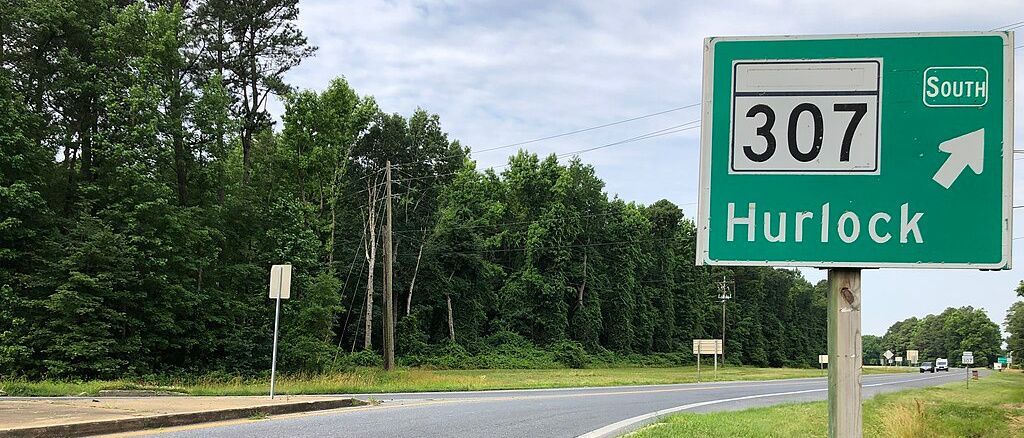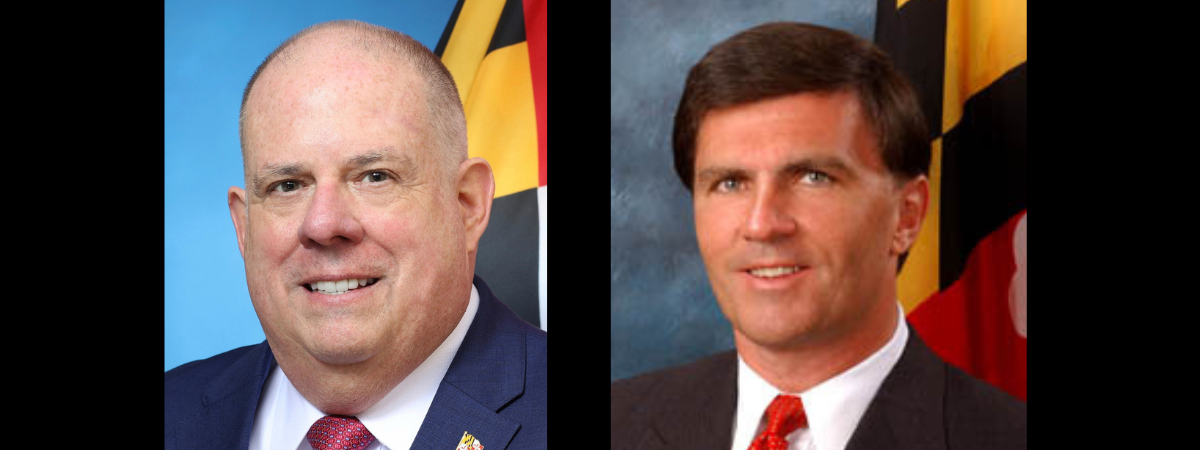By John Christie
•
October 24, 2025
On the first Monday of October, the Supreme Court began a new term, Term 2025 as it is officially called. The day also marked John Roberts’ 20 years as Chief Justice of what history will clearly record as the Roberts Court. Twenty years is a long time but at this point, Roberts is only the fourth longest serving Chief Justice in our history. John Marshall, the fourth and longest, served for 34 years, 152 days (1801–35). Roger Brooke Taney, served for 28 years, 198 days (1836–64). Melville Fuller, served 21 years, 269 days (1888 to 1910). John Roberts was originally nominated by George W. Bush to fill the seat held by the retiring Sandra Day O’Connor but, upon the unexpected death of William Rehnquist, Bush instead nominated Roberts to serve as Chief Justice. His nomination was greeted by enthusiasm and high hopes in many quarters. He was young, articulate, personable, and highly qualified, having had an impressive academic record, experience in the Reagan administration and the private bar, and service on the federal D.C. Court of Appeals for two years. His “balls and strikes” comment at his confirmation hearing struck many as suggesting judicial independence. He sounded as well very much like an institutionalist, having said at an early interview that “it would be good to have a commitment on the part of the Court to act as a Court.” Whatever else might be said 20 years later about the tenure of John Roberts as Chief Judge, the Supreme Court is no doubt much less popular and much more divisive today than it was on September 29, 2005, when he was sworn in as the 17th Chief Justice by Justice John Paul Stevens, then the Court’s most senior associate justice, and witnessed by his sponsor, George W. Bush. Gallup’s polling data shows popular support for the Court now at the lowest levels since they started measuring it. In July 2025, a Gallup poll found that, for the first time in the past quarter-century, fewer than 40% of Americans approved of the Supreme Court’s performance. According to Gallup, one major reason that approval of the Supreme Court has been lower is that its ratings have become increasingly split along party lines — the current 65-point gap in Republican (79%) and Democratic (14%) approval of the court is the largest ever. The legal scholar Rogers Smith wrote in The Annals of the American Academy of Political and Social Science in June, “Roberts’s tenure as Chief Justice has led to the opposite of what he has said he seeks to achieve. The American public now respects the Court less than ever and sees it as more political than ever.” These results signify more than simply a popularity poll because a Court without broad public support is a Court that will not have the same public respect upon which their most important decisions have historically depended. And, whatever the reasons for this development, it has happened on John Roberts’s watch. There is no better example of the current divisiveness on the Court than the remarkable string of “emergency” rulings on the Court’s so-called shadow docket since January 20. The extent of ideological and partisan differences has been sharp and extreme. The conservative majority’s votes have frequently been unexplained, leaving lower court judges to have to puzzle the decision’s meaning and leaving the public to suspect partisan influences. And the results of these shadow docket rulings have had enormous, sometimes catastrophic, consequences: Removing noncitizens to countries to which they had no ties or faced inhumane conditions Disqualifying transgender service members Firing probationary federal workers and independent agency heads Ending entire governmental departments and agencies without congressional approval Allowing the impounding of foreign aid funds appropriated by Congress Releasing reams of personal data to the Department of Government Efficiency Allowing immigration raids in California based on racial and ethnic profiling John Roberts has written many Supreme Court opinions in his 20 years as Chief Justice. At the 20-year mark, the most important, to the nation and to his legacy, will likely be his opinion in the Trump immunity case, which changed the balance of power among the branches of government, tipping heavily in the direction of presidential power. Trump v. United States (2024). In her dissent from his majority opinion in that case, Justice Sonia Sotomayor, joined by Justices Elena Kagan and Ketanji Brown Jackson, warned about the consequences of such a broad expansion of presidential power. “The Court effectively creates a law-free zone around the president,” upsetting the status quo that had existed since the nation’s founding and giving blanket permission for wrongdoing. “Let the president violate the law, let him exploit the trappings of his office for personal gain, let him use his official power for evil ends. In every use of official power, the president is now a king above the law.” Roberts claimed in his majority opinion that the “tone of chilling doom” in Sotomayor’s dissent was “wholly disproportionate” to what the ruling meant. However, Sotomayor’s words have proved prescient: the breadth of power that Trump and his administration have asserted in the months since he was sworn in for his second term has made plain how boundlessly they now interpret the reach of the presidency in the wake of the Roberts opinion. Despite the early “balls and strikes” comment, the assessment of John Roberts’ long term judicial record suggests something different as seen by several distinguished legal commentators from significantly different perspectives. As summarized by Lincoln Caplan, a senior research scholar at Yale Law School, in a new retrospective article on Robert’s 20-year tenure, “From his arrival on the Court until now, his leadership, votes, and opinions have mainly helped move the law and the nation far to the right. An analysis prepared by the political scientists Lee Epstein, Andrew Martin, and Kevin Quinn found that in major cases, the Roberts Court’s record is the most conservative of any Supreme Court in roughly a century.” “What Trump Means for John Roberts's Legacy,” Harvard Magazine , October 8, 2025. Steve Vladeck, Georgetown Law Center professor and a regularly incisive Court commentator, characterized the 20-year Roberts’ Court as follows: “The ensuing 20 years has featured a Court deciding quite a lot more than necessary — inserting itself into hot-button social issues earlier than necessary (if it was necessary at all); moving an array of previously settled statutory and constitutional understandings sharply to the right; and, over the past decade especially, running roughshod over all kinds of procedural norms that previously served to moderate many of the justices’ more extreme impulses.” “The Roberts Court Turns Twenty,” One First , September 29, 2025. In another remarkable new article by a widely respected conservative originalist, similar concerns about the present Court have very recently been expressed. Caleb Nelson, who teaches at the University of Virginia and is a former law clerk to Justice Clarence Thomas, has written that the text of the Constitution and the historical evidence surrounding it in fact grant Congress broad authority to shape the executive branch, including by putting limits on the president’s power to fire people. “Must Administrative Officers Serve at the President’s Pleasure?” Democracy Project, NYU LAW , September 29, 2025. When the First Congress confronted similar ambiguities in the meaning of the Constitution, asserts Nelson, “more than one member warned against interpreting the Constitution in the expectation that all presidents would have the sterling character of George Washington.” Nelson continues, “The current Supreme Court may likewise see itself as interpreting the Constitution for the ages, and perhaps some of the Justices take comfort in the idea that future presidents will not all have the character of Donald Trump. But the future is not guaranteed; a president bent on vengeful, destructive, and lawless behavior can do lasting damage to our norms and institutions.” John Christie was for many years a senior partner in a large Washington, D.C. law firm. He specialized in anti-trust litigation and developed a keen interest in the U.S. Supreme Court about which he lectures and writes.








